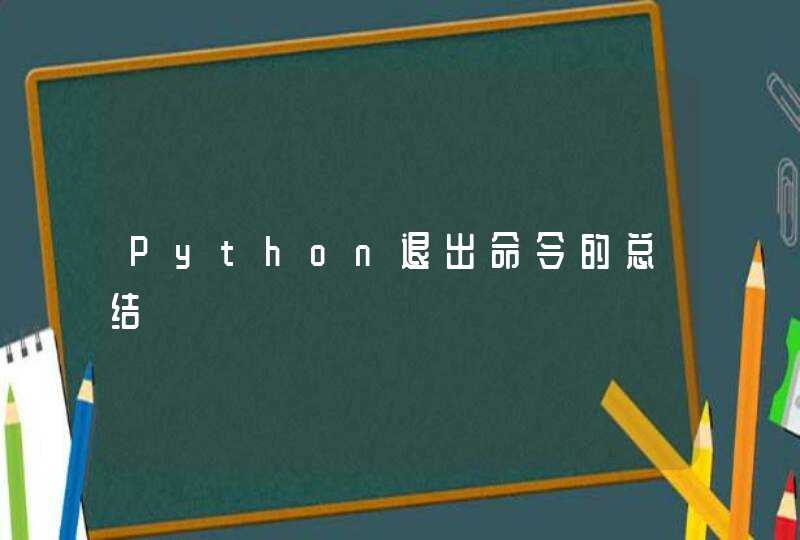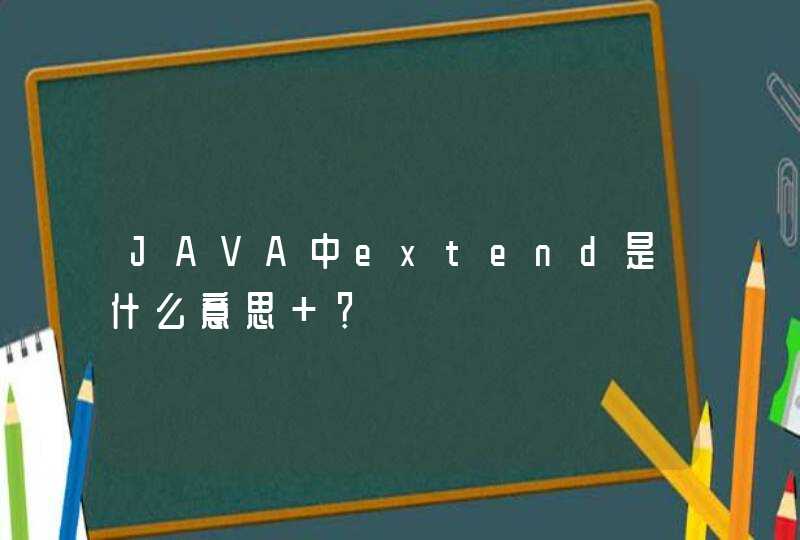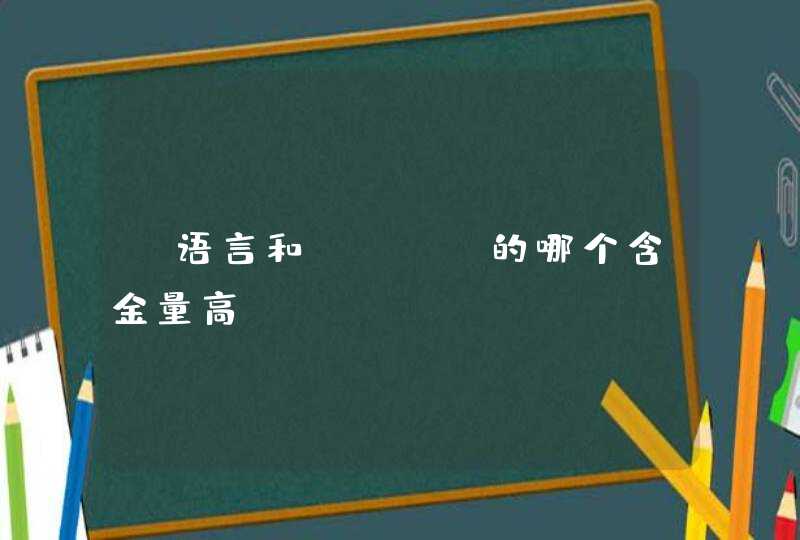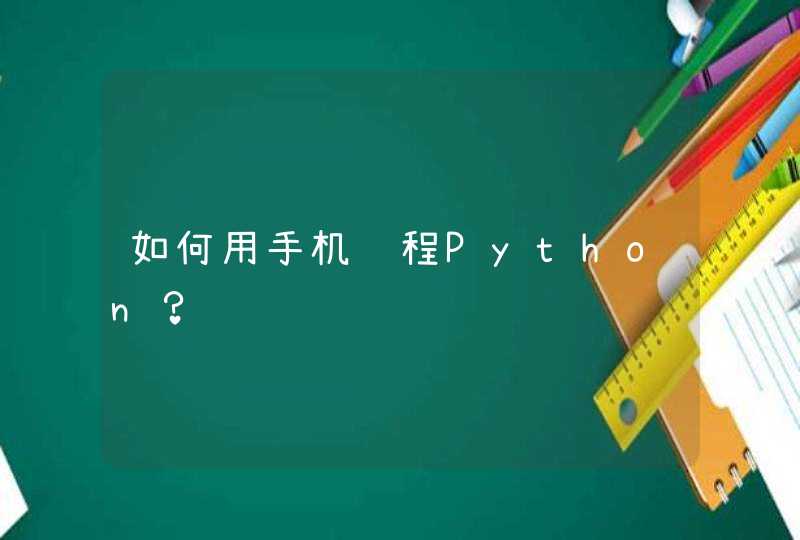
@(Python入门)
[TOC]
quit raises the SystemExit exception behind the scenes.
Furthermore, if you print it, it will give a message:
This functionality was included to help people who do not know Python. After all, one of the most likely things a newbie will try to exit Python is typing in quit .
Nevertheless, quit should not be used in production code. This is because it only works if the site module is loaded. Instead, this function should only be used in the interpreter.
exit is an alias for quit (or vice-versa). They exist together simply to make Python more user-friendly.
Furthermore, it too gives a message when printed:
However, like quit , exit is considered bad to use in production code and should be reserved for use in the interpreter. This is because it too relies on the site module.
sys.exit raises the SystemExit exception in the background. This means that it is the same as quit and exit in that respect.
Unlike those two however, sys.exit is considered good to use in production code. This is because the sys module will always be there.
os._exit exits the program without calling cleanup handlers, flushing stdio buffers, etc . Thus, it is not a standard way to exit and should only be used in special cases. The most common of these is in the child process(es) created by os.fork .
Ctrl+Z is a qucik-operation of exit and quit , which means Ctrl+Z is the same with them.
use
to exit, so u don't need to import sys first.
The site module (which is imported automatically during startup, except if the -S command-line option is given) adds several constants to the built-in namespace. They are useful for the interactive interpreter shell and should not be used in programs.
Objects that when printed, print a message like “Use quit() or Ctrl-D (i.e. EOF, end of file) to exit”, and when called, raise SystemExit with the specified exit code.
Exit from Python. This is implemented by raising the SystemExit exception, so cleanup actions specified by finally clauses of try statements are honored, and it is possible to intercept the exit attempt at an outer level.
The optional argument arg can be an integer giving the exit status (defaulting to zero), or another type of object. If it is an integer, zero is considered “successful termination” and any nonzero value is considered “abnormal termination(结局)” by shells and the like. Most systems require it to be in the range 0–127, and produce undefined results otherwise. Some systems have a convention for assigning specific meanings to specific exit codes, but these are generally underdevelopedUnix programs generally use 2 for command line syntax errors and 1 for all other kind of errors. If another type of object is passed, None is equivalent to passing zero, and any other object is printed to stderr and results in an exit code of 1. In particular, sys.exit ( "some error message" ) is a quick way to exit a program when an error occurs.
Since exit() ultimately “only” raises an exception, it will only exit the process when called from the main thread, and the exception is not intercepted.
Changed in version 3.6: If an error occurs in the cleanup after the Python interpreter has caught SystemExit (such as an error flushing buffered data in the standard streams), the exit status is changed to 120.
https://stackoverflow.com/questions/19747371/python-exit-commands-why-so-many-and-when-should-each-be-used
https://docs.python.org/3/library/constants.html#quit
https://docs.python.org/3/library/sys.html#sys.exit
http://grokbase.com/t/python/python-list/042qh9j55e/gripe-use-ctrl-d-i-e-eof-to-exit
cmd中进入Python,如下看到三个>>>就提示符,说明已经进入了python
退出python,有三种方式
1:输入exit(),回车,
2:输入quit(),回车,
3:输入ctrl+z,回车。
注意,第一种和第二种不要忘记后面的括号,只输入exit是会报错的。
python学习网,大量的免费python学习视频,欢迎在线学习!





































































